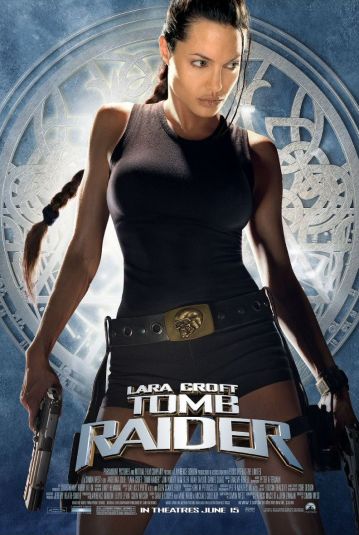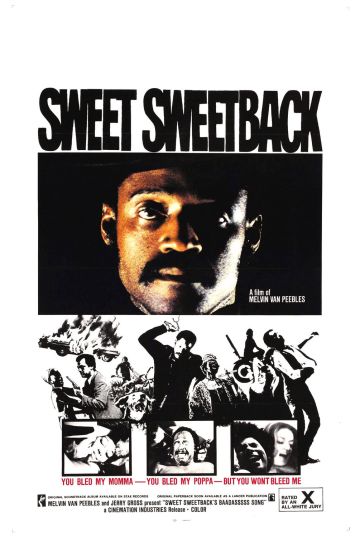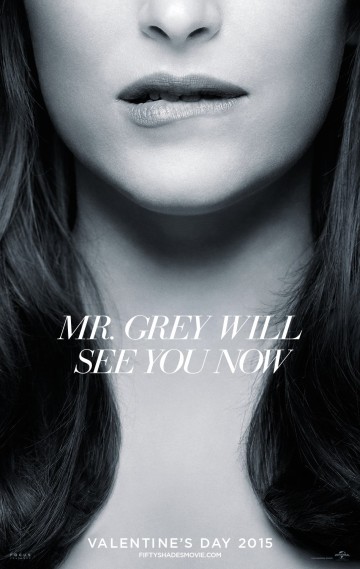The Strong Female Character is all the rage these days. There are not many works of contemporary fiction that do not include at least one. These Strong Female Characters are seen as a cure for one of society’s long-festering ills: sexism. But recent history suggests that this approach yields poor results.
The Strong Female Character
To understand how the Strong Female Character(SFC) fits into mass media history we must first define what it is. The SFC is a character that shows very little remorse, or emotion in general, and is steadfast in her beliefs and convictions. She also has what many people believe is necessary for a strong character: a lack of personal flaws and demons. These traits are in direct opposition to the sexist stereotype of the incompetent, weak-willed, and emotionally oversensitive woman that is often encountered in mass media. Some recent examples of the SFC are Lara Croft of Tomb Raider fame, Rita Vrataski from The Edge of Tomorrow, and Major Kusanagi from the Ghost in the Shell franchise.
The purported benefits of this type of character are that they can boost the self-esteem of girls who don’t identify with traditional gender norms as well as introduce different ways of being to the girls that do. The SFC is also meant to challenge and change harmful stereotypes held by those of other groups. However, the SFC is not a wholly new creation, but rather the latest in a long line

In the past, there have been characters that would be considered SFCs in what would be considered “male oriented” genres. Science-Fiction, for example, has had a number of female characters that could be called SFCs. An early example is Dale from the Flash Gordon franchise who was portrayed as an incredibly competent and independent woman capable of holding her own alongside the hero of those stories. But these portrayals did not have a long lasting or noticeable impact on the culture of Science-Fiction, and it remains one of the more regressive genres in fiction.
When looking back on these portrayals it’s easy to say that the problem is that the characters were just not prominent enough. Maybe, you wonder, things would be different if these portrayals were leads instead of supporting characters. However, women are not the only people to suffer under oppression nor are they the first of these peoples to try to improve their situation through empowering fictions.
Not the First of her Kind
Other underrepresented groups have attempted to bring positive change to their own self- image and to their image in the eyes of others with characters that function in a similar fashion to the SFC. Asian men, long stereotyped as weak and bookish, had the characters created and portrayed by the likes of Bruce Lee, Jackie Chan, and Jet Li. These characters were virile, masculine and usually meant to be role models for young men.
Black people in the West also have a history with this archetype. From the heroes of the “Blaxploitation” films of yesteryear, such as Shaft and Sweet Sweetback’s Badasssss Song, to the many heroic and competent contemporary characters portrayed by actors including Will Smith, Denzel Washington, Samuel L. Jackson, Halle Berry, and Angela Basset there is no shortage of Black characters that can be described as positive representations.

But these positive representations have not yielded much improvement in the lives of the people they’re supposed to help, and in some cases have been detrimental. In spite of the facts that Enter The Dragon was released over forty years ago and action movies with Asian leads enjoy widespread popularity, Asian men are still viewed as nerdier and less masculine than men of other races.
Likewise, despite the popularity of Black characters like Mace Windu, Cyborg, and Storm, Black people are still considered by society at large to be lazy, stupid and untrustworthy and are routinely discriminated against. In addition to the negligible impact these characters have on prejudice, they also bring the danger of heightened and unrealistic expectations placed upon the groups they are supposed to help. This is because no one is perfect and young people who compare themselves to these inspirational characters will usually find themselves lacking.
Who Calls the Shots
However, in spite of these shortcomings, these types of characters continue to be pushed onto audiences. The reason is both simple and obvious. The individuals making these decisions are not members of, and aren’t familiar with, the groups they are trying to reach. An executive who is male and White and who surrounds himself with similar individuals may very well have a sincere desire to better the lives of the world’s disadvantaged. But he will not be familiar with those people and their situations and so will struggle to meet their needs.
The difference between what the industry thinks women want and what they actually desire is seen at the box-office. Films that feature more complex portrayals of underrepresented groups do much better with women and minorities than mainstream positive fare. For example, Fifty Shades of Grey performed very well with women while the much more conventional Ghostbusters(2016) did not. The industry thinks that women want to be encouraged when what they really want is to be understood and accepted for the complex individuals they are.

It’s no coincidence that the popular Fifty Shades of Grey is the brainchild of E.L. James while Paul Feig was responsible for the middling Ghostbusters reboot. E.L. James is a woman and so has an intimate understanding of what women want, while Paul Feig is a man and can only guess.
The solution, the real solution, is to get more women into positions of power in Hollywood. This isn’t to say that any woman would do a better job at producing feminist movies than any man. But a woman would at least be aware of her own depth of personality. And that awareness would inform her decisions on what does, or doesn’t, make an engaging female character. Female executives, real women wielding real power, are the ones that will bring about the changes we need.
The Strong Female Character and it’s kind have been around for a long time. They’re going to be around for a long time to come. But that doesn’t that mean that women, or any of us, should settle for them.
What do you think of the Strong Female Character? Is she a false idol or the hero we need? Leave a comment and let me know.